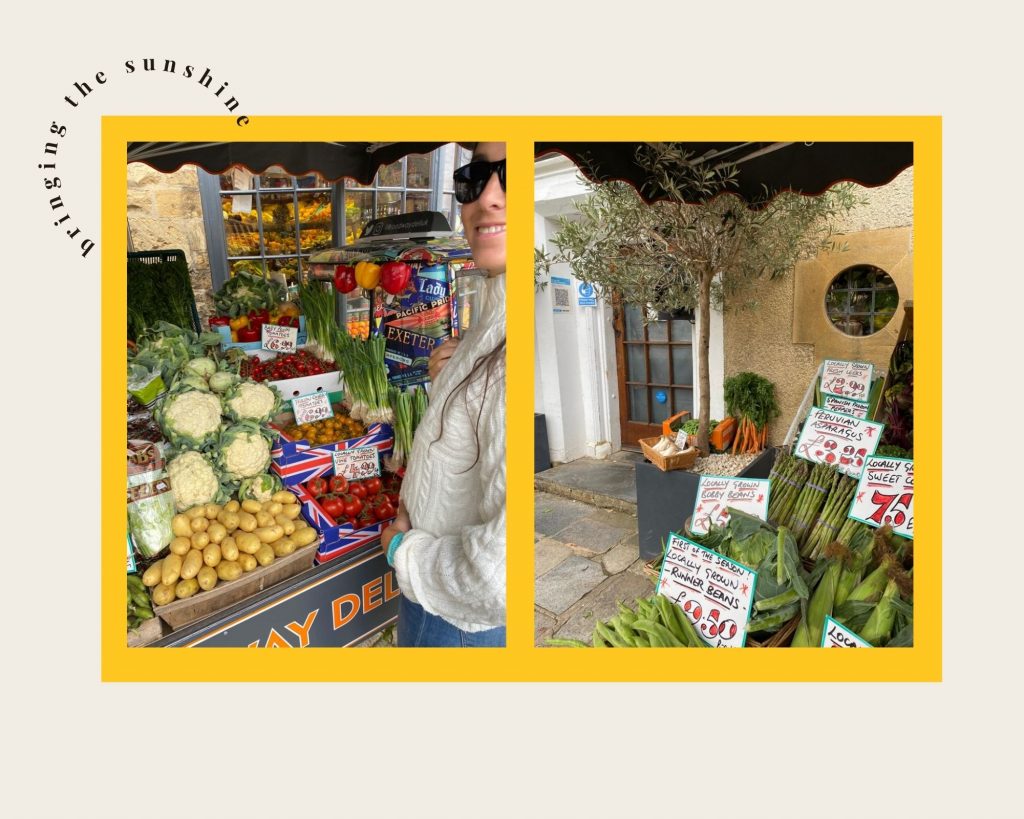Slow Happiness
In the city, slow happiness is out of the question. After all you can get near enough anything you want straight away! With the right App an at home beauty treatment is just a tap away, your favourite food can be delivered to wherever you are, you can swipe on-the-go for a new romantic date AND stream unlimited movies and music each night at home.
Isn’t it amazing?..
Here in the countryside where I’m writing to you from today, the pace of life is a little slower, but you can still get most things quickly using the internet. I often think about this quick-fix culture when I teach people meditation and mindfulness skills at work. Here’s why.
By the time someone decides to learn meditation it’s likely that they’re either a truth seeker with an interest in the nature of existence, or they’re looking for some kind relief from pain or suffering. Or both which is very common!
It’s understandable then, that by the time a person sits down to meditate they want to see results as quickly as possible. They want to feel better now. Less anxious, less overwhelmed and less burnt out. More contented, calm and happy. Not everyone has that approach of course because we’re all so different. Yet I can’t help but think that one of the best things meditation has to offer is slow-happiness.
To explain the difference between fast and slow-happiness let’s use physical fitness as a metaphor:
Slow happiness is a low resting heart rate and plenty of fitness fueled muscle memory built over time.
Fast happiness is the endorphin fueled joy-high you get in the period after a fitness class.
Now let’s bring this metaphor back to meditation. The state you find yourself in at the end of a meditation is your fast-happiness. That’s to say the immediate effect of doing meditation, which for the most part is very relaxing but it can also be neutral or subdued.
Yet regardless of the fast-happiness you get at the end of a meditation, it’s exciting to remember that each time you sit down and do some meditation you’re building your happiness muscle and lowering your resting stress rate.
And so if you want to know if your meditation is working, take it up regularly and watch to see the changes that occur over several months or years.
Even if you just do it once a week or once a month, something new and interesting will evolve. And while the challenges of life may continue to come and go, you will have built up an enviable resting stress rate that doesn’t wear off after a few hours. You will have slow-happiness!
It’s been my experience that each visit with your meditation pillow (or chair) builds inner firmament layer by layer. What may start as a wellbeing pastime can open the door to a new understanding of who or what we are, and a new more enjoyable way of being in the world.
Have you taken up meditation and found similar or different? Do leave a comment and let me know I always like reading what you have to say.
Can I Write To You?
Sign up to get my monthly newsletter here

